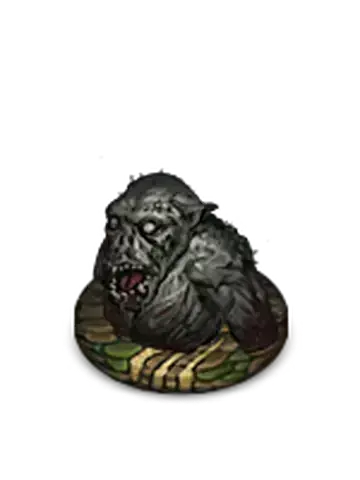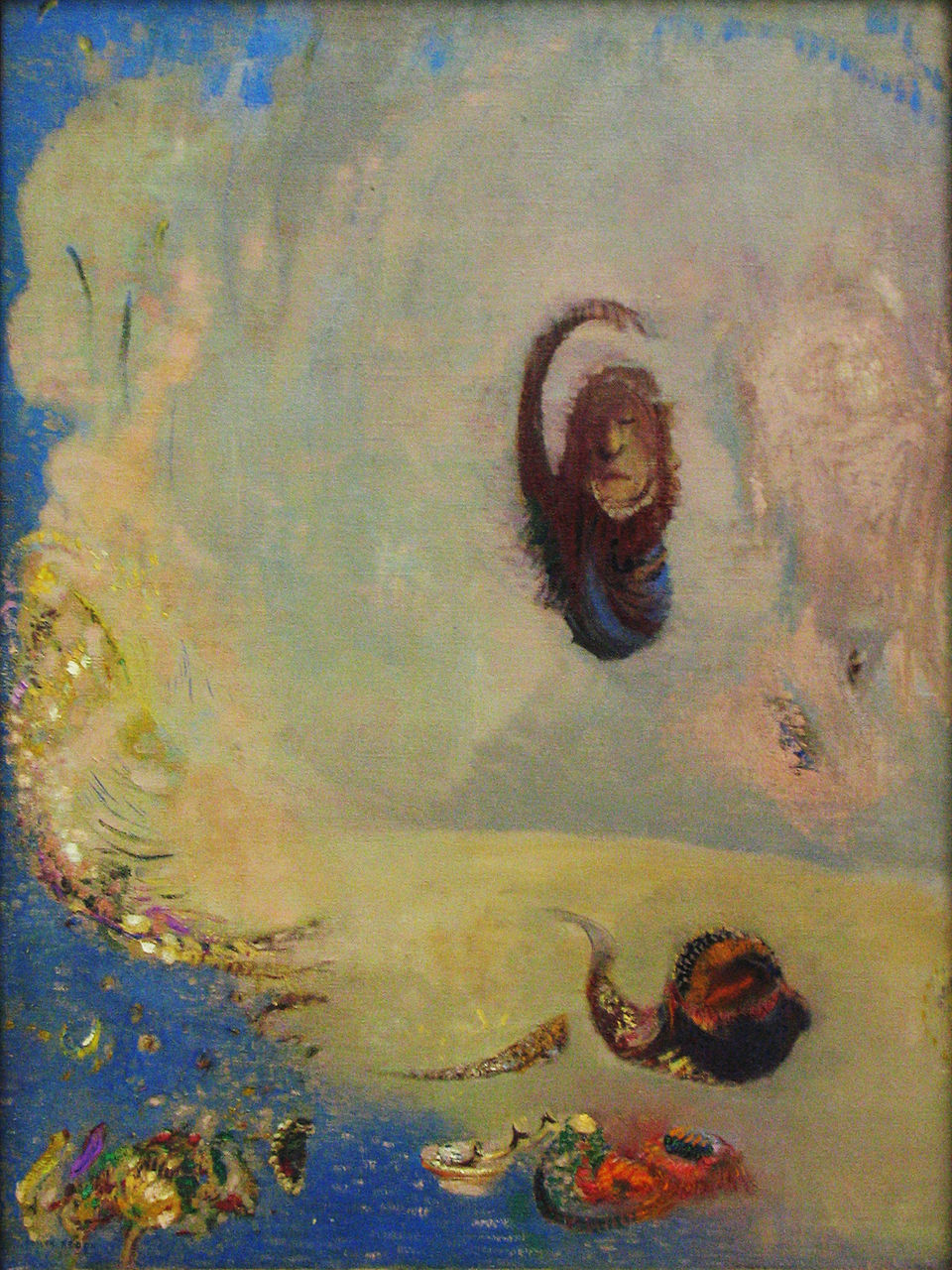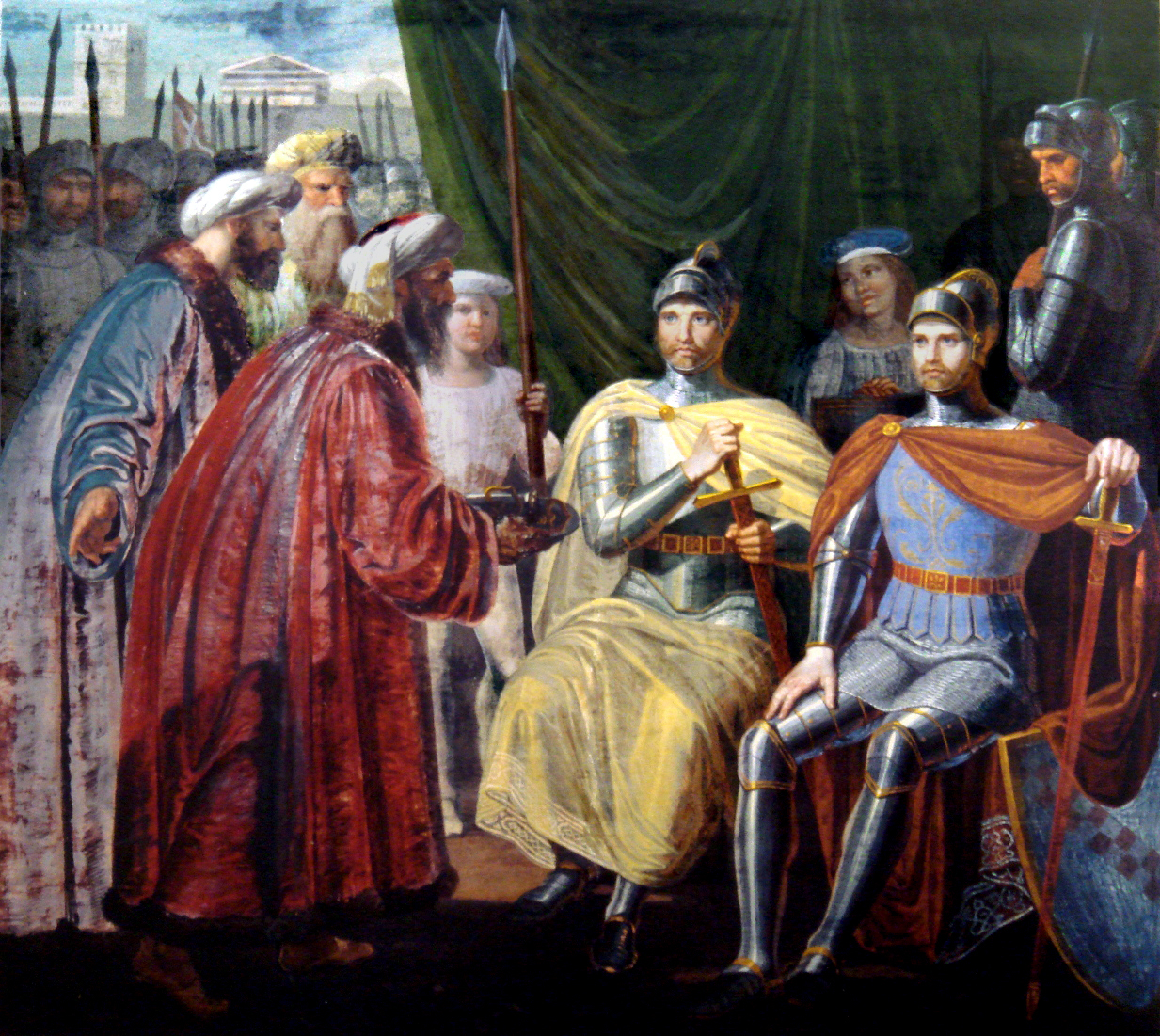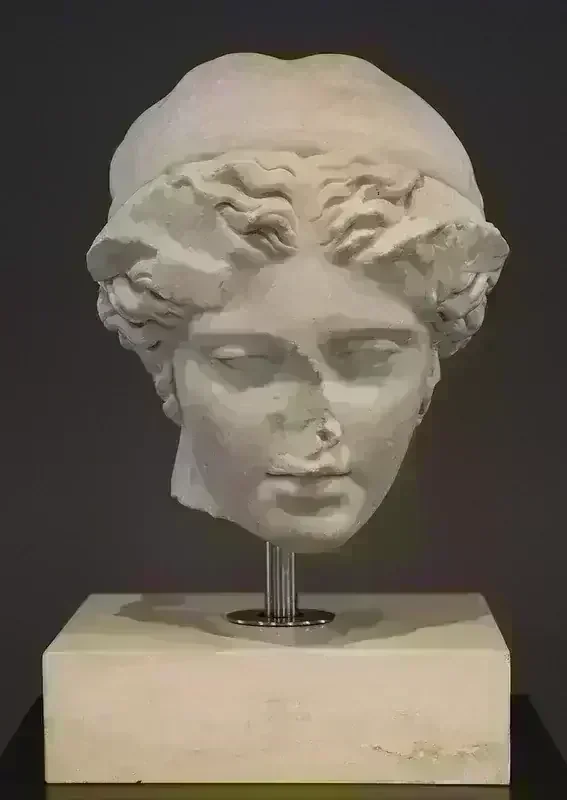Nachzehrer

The nachzehrer (German: [ˈnaːxˌt͡seːʁɐ]) is a type of wiedergänger (revenant) in German folklore believed capable of drawing the living into death—either through malicious intent or from a desire to reunite with loved ones. Though the term "nachzehrer" itself only emerged in the nineteenth century, belief in the creature it describes predates this terminology by several centuries.
This supernatural entity featured prominently in northern German folklore, with similar beliefs extending to Silesia, Bavaria, and among the Kashubes of Northern Poland. The nachzehrer shares similarities with Slavic vampires, as both represent recently deceased individuals who return from the grave to prey upon family members and village acquaintances.
A nachzehrer was thought to drain victims' life-force remotely. One telltale sign was the creature devouring its own funeral shroud and clothing—considered a common indication of a nachzehrer's presence. The danger was believed particularly severe if the living had placed their own possessions with the deceased as grave goods. Another superstition held that failing to remove a person's name from their burial clothing could transform them into a nachzehrer. Physical signs included open eyes or mouth, red lips, and an unusually soft corpse. A corpse holding its thumb in the opposite hand was considered further evidence of a nachzehrer.
While nachzehrers were associated with epidemic illness, this connection wasn't essential to their existence in folklore.


